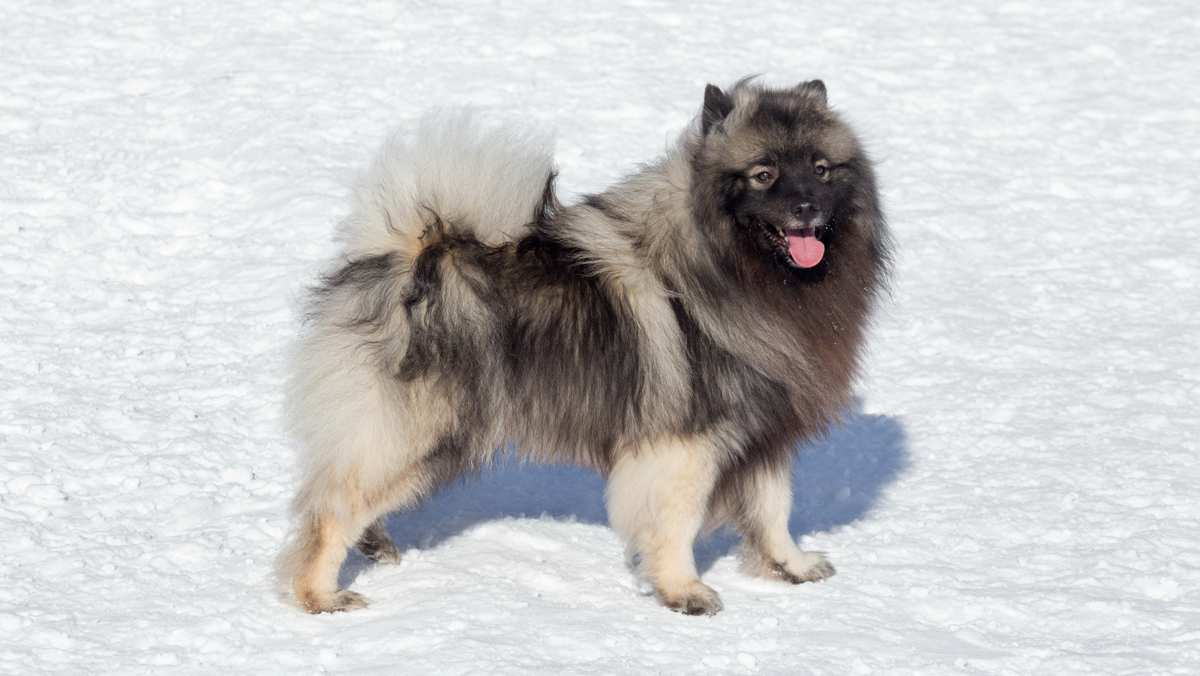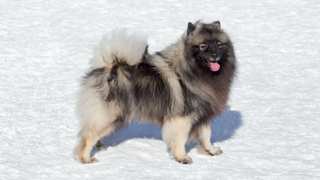Keeshond Breed Details
The Keeshond originated in the Netherlands and is documented as a watch dog and family companion beginning around the 1400s. They are best known as watchdogs on water barges but also have history as shepherds, varmint chasers and guardians of children. Members of this breed are very adaptable-- any owner and any living space. They are notoriously tolerant of children, gentle with the disabled and elderly and are considered "velcro" dogs because they always want to be included. Keep in mind the breed needs will require a good deal of grooming and daily outdoor exercise. The following Keeshond facts are available for you to consider the benefits and problems associated with ownership:
PROS
- Great with children
- Alert watchdog
- Outgoing with other dogs
- Friendly towards strangers
- Loving and attentive
- Good at agility events and sports
- Eager to please and super smart
- Easy to train
- Adaptable to any home size
- Fairly easy to exercise
- Generally very healthy
CONS
- Barks a lot, very vocal
- Prone to separation anxiety
- Not a guard dog
- Requires a good amount of grooming
- Not hypoallergenic

